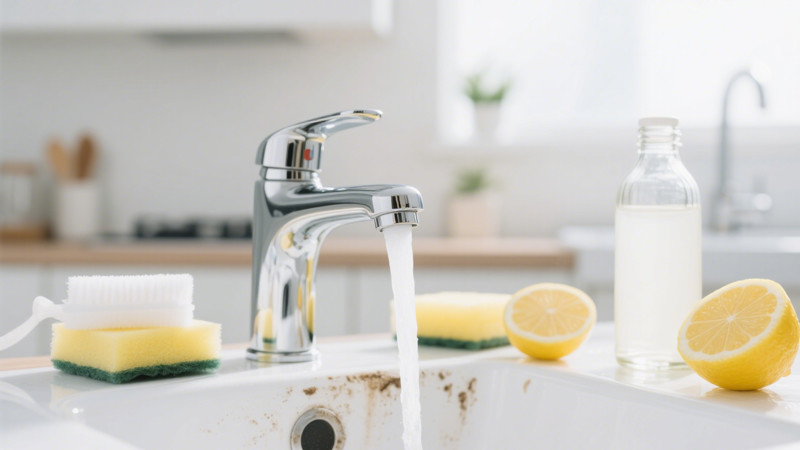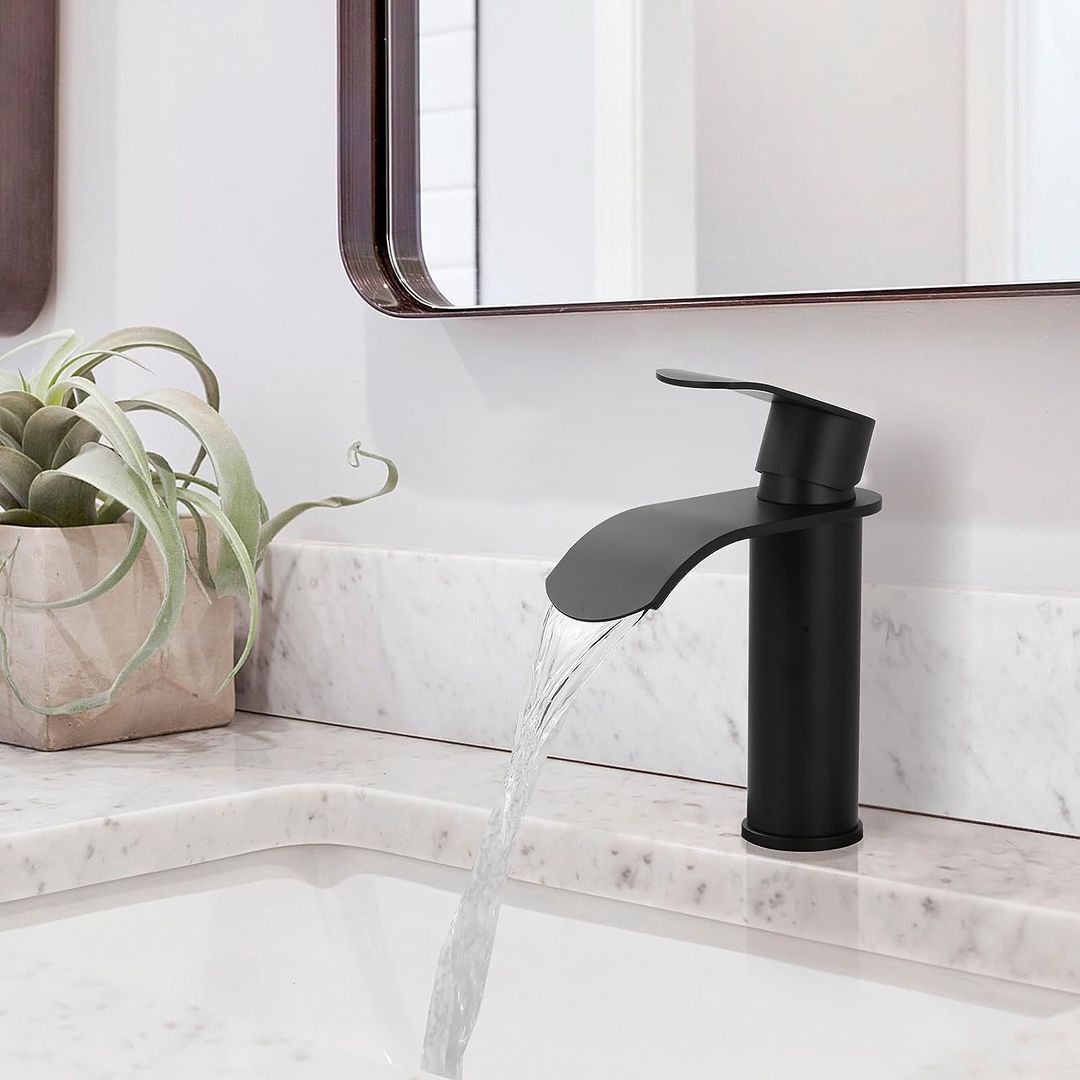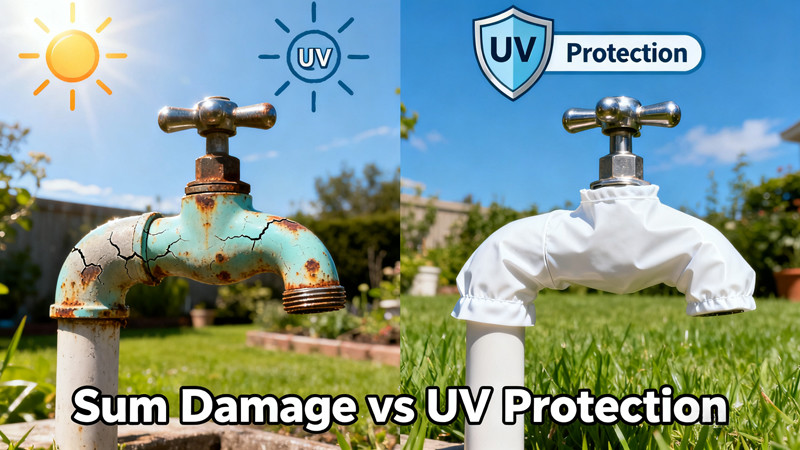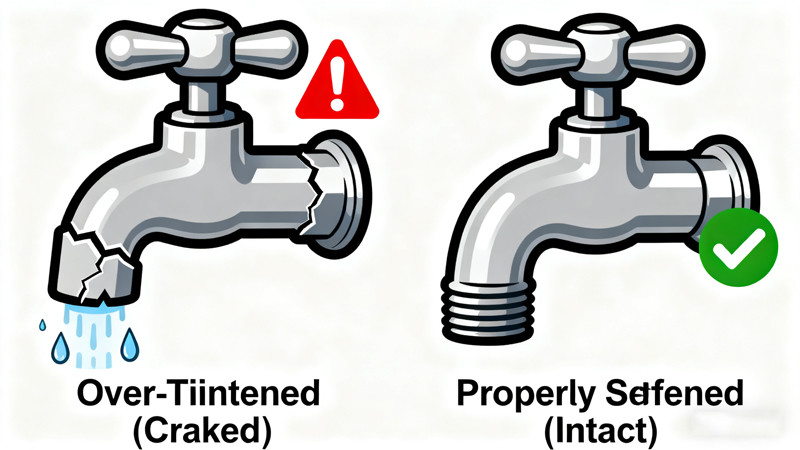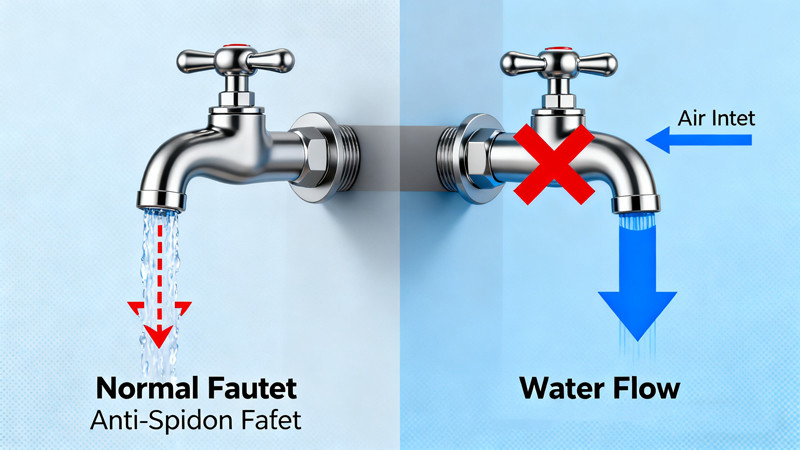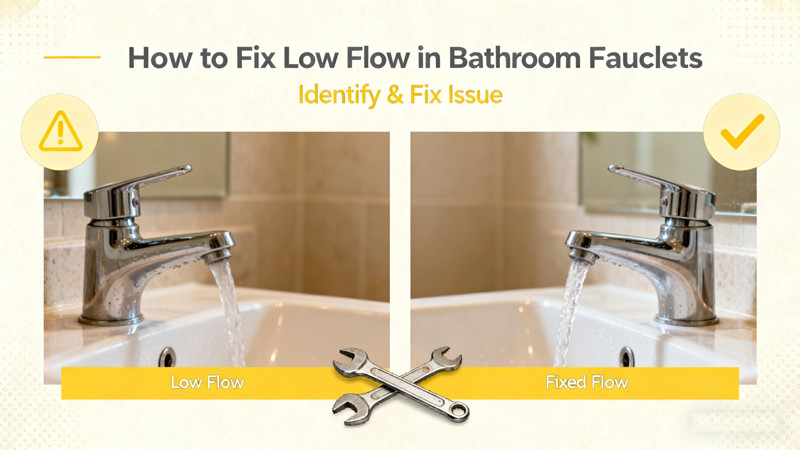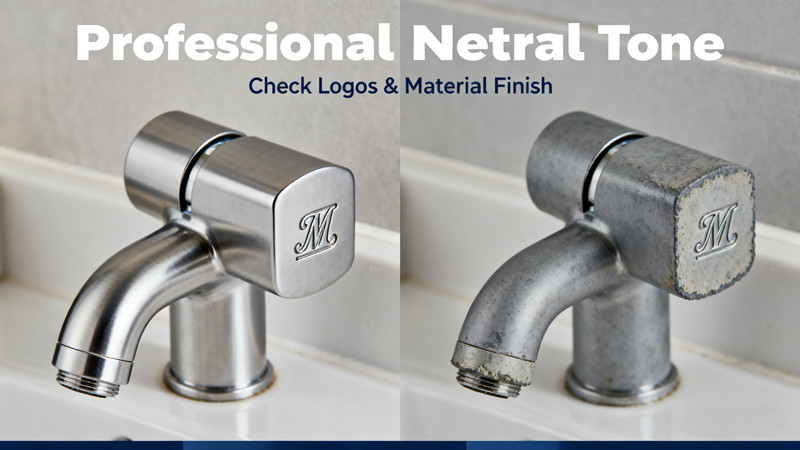Your faucet is one of the most frequently used fixtures in your home. Whether it’s in the kitchen or bathroom, it’s turned on multiple times a day, touched with messy hands, splashed with water, and exposed to soap, toothpaste, food residue, and even hard water minerals. Over time, this daily wear and tear can make your faucet look grimy, dull, or stained — not exactly the fresh, sparkling look you want in your home.
The good news? With the right habits and a few simple tricks, you can keep your faucet looking brand new for years. Here’s a complete guide on how to prevent your faucet from getting dirty and how to maintain its shine and functionality.
1. Wipe Down Your Faucet Daily
The most effective way to prevent dirt buildup is also the simplest — a daily wipe-down. After using the sink, keep a soft microfiber cloth handy and quickly wipe off water droplets, soap splashes, and toothpaste residue.
Why this matters:
- Water left on the surface can lead to spots, stains, and eventually limescale buildup.
- Soap and toothpaste can dry into sticky films that are harder to remove later.
Tip: Keep a dedicated cleaning cloth near the sink so you’ll always remember to use it. Even a 30-second wipe at the end of the day makes a huge difference.
2. Avoid Harsh Cleaners
It’s tempting to use strong bathroom or kitchen cleaners for a quick shine, but these can actually damage your faucet’s finish. Ammonia, bleach, and abrasive powders strip away protective coatings, leaving the faucet vulnerable to stains, scratches, and corrosion.
Instead, stick to gentle cleaning methods:
- Warm water mixed with a few drops of mild dish soap.
- A 50/50 mixture of white vinegar and water (especially effective for removing mineral deposits).
- Baking soda paste for stubborn spots (apply gently with a soft sponge).
Tip: Always test cleaners on a small, hidden part of the faucet first, especially if you have a specialty finish like matte black, brushed gold, or bronze.
3. Use a Faucet Cover or Splash Guard
One often-overlooked trick is using splash guards around your faucet base. These small silicone mats catch water droplets and soap drips before they stain or form mold. They’re especially helpful in kitchens where splashes are constant or in bathrooms where toothpaste tends to gather around the base of the faucet.
Not only do these guards keep your faucet cleaner, but they also protect your countertop from water damage.
4. Tackle Hard Water Issues
If you live in an area with hard water, your faucet is at higher risk for limescale buildup — those white, chalky stains that dull the finish and clog the aerator. Preventing hard water stains is easier than removing them, so take proactive steps:
- Install a water softener for your entire home.
- Add a faucet-mounted water filter that reduces mineral content.
- Wipe your faucet dry after every use to prevent minerals from drying on the surface.
Tip: For existing limescale, soak a paper towel in vinegar and wrap it around the affected part of the faucet for 15–20 minutes before gently scrubbing.
5. Keep Handles and Knobs Clean
It’s easy to focus only on the spout, but faucet handles are touched just as often — sometimes with greasy, soapy, or dirty hands. Handles can harbor grime, bacteria, and sticky residues that are tough to clean once they harden.
Prevent buildup by:
- Wiping handles daily with a damp microfiber cloth.
- Disinfecting weekly with a mild vinegar spray or gentle antibacterial solution.
- Avoiding lotions or oil-based soaps near the faucet, which can leave greasy films.
6. Clean the Aerator Regularly
The aerator is the small screen at the tip of your faucet that controls water flow. Over time, it collects dirt, minerals, and even tiny bits of debris from the pipes. If it’s dirty, you’ll notice reduced water pressure or uneven spraying.
Prevent problems by:
- Unscrewing the aerator every couple of months.
- Soaking it in vinegar for 30 minutes.
- Rinsing and scrubbing gently with an old toothbrush.
This not only keeps your faucet cleaner but also improves water efficiency.
7. Dry Immediately After Cleaning
Even if you’ve used a gentle cleaner, leaving water droplets on the faucet surface can undo all your hard work. Always finish cleaning by drying the faucet with a soft, dry cloth. This extra step prevents streaks, water spots, and lingering moisture that could lead to corrosion or mold growth.
8. Use Preventive Polishing
Polishing your faucet once or twice a month can create a protective barrier that repels water, soap, and grime. You don’t need fancy products — even a small dab of car wax or furniture polish can do the trick. Apply a thin coat, buff gently, and enjoy a faucet that stays shiny and resistant to stains.
This method is especially effective for high-end finishes like chrome, brass, or matte black, which tend to show fingerprints and smudges easily.
9. Mind What Goes Down the Drain
You might not realize it, but what goes down your sink can also affect your faucet. Grease, oils, or harsh chemicals can splash back and cling to your faucet surface, leaving it sticky or stained. To prevent this:
- Avoid rinsing greasy pans directly under the faucet. Wipe them with a paper towel first.
- Don’t pour paint, harsh cleaners, or strong chemicals into your sink.
- Be mindful of toothpaste clumps, which can dry and leave stubborn spots.
10. Adopt a Weekly Deep-Clean Routine
Daily wiping is great, but a deeper weekly clean ensures your faucet stays in pristine condition. Here’s a simple routine:
- Mix warm water with dish soap and wipe the entire faucet, including the base.
- Use a toothbrush to gently scrub around joints, seams, and the aerator.
- Spray vinegar-water solution for mineral buildup.
- Dry and buff with a microfiber cloth.
This 5-minute routine keeps dirt from ever getting a chance to accumulate.
Conclusion
Your faucet is one of the hardest-working features in your home, and it deserves a little extra care to stay clean and shiny. By adopting simple daily habits like wiping it down, avoiding harsh cleaners, and tackling hard water issues, you can prevent dirt, grime, and stains from ever becoming a problem. Add in weekly deep cleans and the occasional polish, and your faucet will look brand new for years to come.
A clean faucet doesn’t just look better — it also lasts longer, functions more efficiently, and makes your kitchen or bathroom a more pleasant space. With these preventive steps, keeping your faucet sparkling won’t feel like a chore.
 WOWOW Faucets
WOWOW Faucets